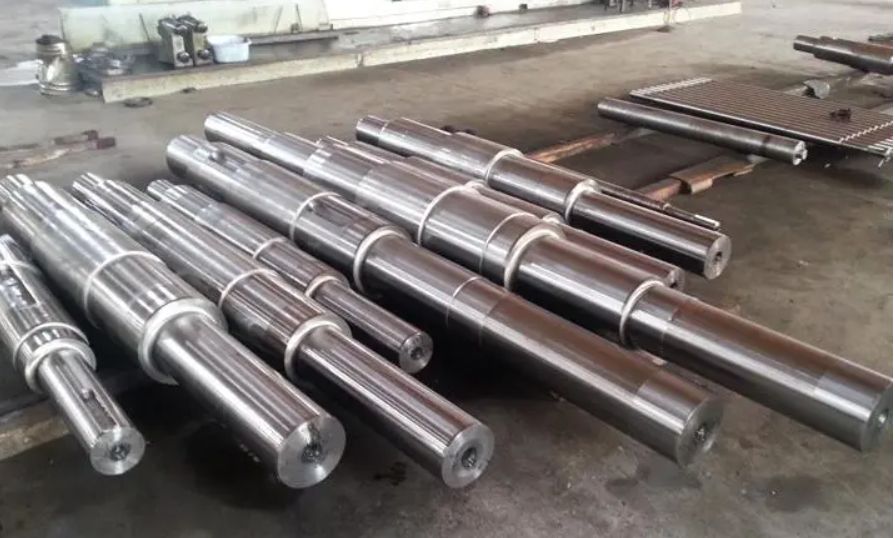types based on their causes: Firstly, mechanical injury – scratches or bumps directly caused by machines, tools, or workpieces; Secondly, burns; Thirdly, electric shock injury.
From the perspective of safety technology and labor protection, the characteristics of forging workshops are:
1.Forging production is carried out in a hot metal state (such as low carbon steel forging temperature range between 1250~750 ℃), and due to a large amount of manual labor, slight carelessness may cause burns.
2.The heating furnace and hot steel ingots, blanks, and forgings in the forging workshop continuously emit a large amount of radiation heat (the forgings still have a relatively high temperature at the end of forging), and workers are often affected by thermal radiation.
3.The smoke and dust generated by the heating furnace in the forging workshop during the combustion process are discharged into the air of the workshop, which not only affects hygiene but also reduces visibility in the workshop (especially for heating furnaces burning solid fuels), and may also cause work-related accidents.
4.The equipment used in forging production, such as air hammers, steam hammers, friction presses, etc., emit impact force during operation. When the equipment is subjected to such impact loads, it is prone to sudden damage (such as sudden fracture of the forging hammer piston rod), resulting in serious injury accidents.
Press machines (such as hydraulic presses, crank hot die forging presses, flat forging machines, precision presses), shear machines, etc., may have less impact during operation, but sudden equipment damage and other situations can also occur. Operators are often caught off guard and may also lead to work-related accidents.
5.Forging equipment exerts a significant amount of force during operation, such as crank presses, tensile forging presses, and hydraulic presses. Although their working conditions are relatively stable, the force exerted on their working components is significant, such as the 12000 ton forging hydraulic press that has been manufactured and used in China. The force emitted by the common 100-150t press is already large enough. If there is a slight error in the installation or operation of the mold, most of the force is not acting on the workpiece, but on the components of the mold, tool, or equipment itself. In this way, errors in installation and adjustment or improper tool operation may cause damage to the machine components and other serious equipment or personal accidents.
6.There are various tools and auxiliary tools for forging workers, especially hand forging and free forging tools, clamps, etc., all of which are placed together at the workplace. In work, the replacement of tools is very frequent and the storage is often messy, which inevitably increases the difficulty of inspecting these tools. When a certain tool is needed in forging and often cannot be quickly found, similar tools are sometimes “improvised”, which often leads to work-related accidents.
7.Due to the noise and vibration generated by the equipment in the forging workshop during operation, the workplace is extremely noisy, affecting people’s hearing and nervous system, distracting attention, and thus increasing the possibility of accidents.
Customers should choose enterprises that focus on safety production. These enterprises should have comprehensive safety management systems, employee training, and awareness enhancement measures, and adopt necessary safety facilities and protective measures to ensure the safety of employees during the forging production process.
Post time: Sep-13-2023





